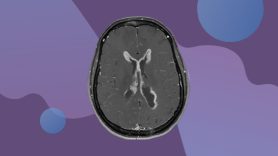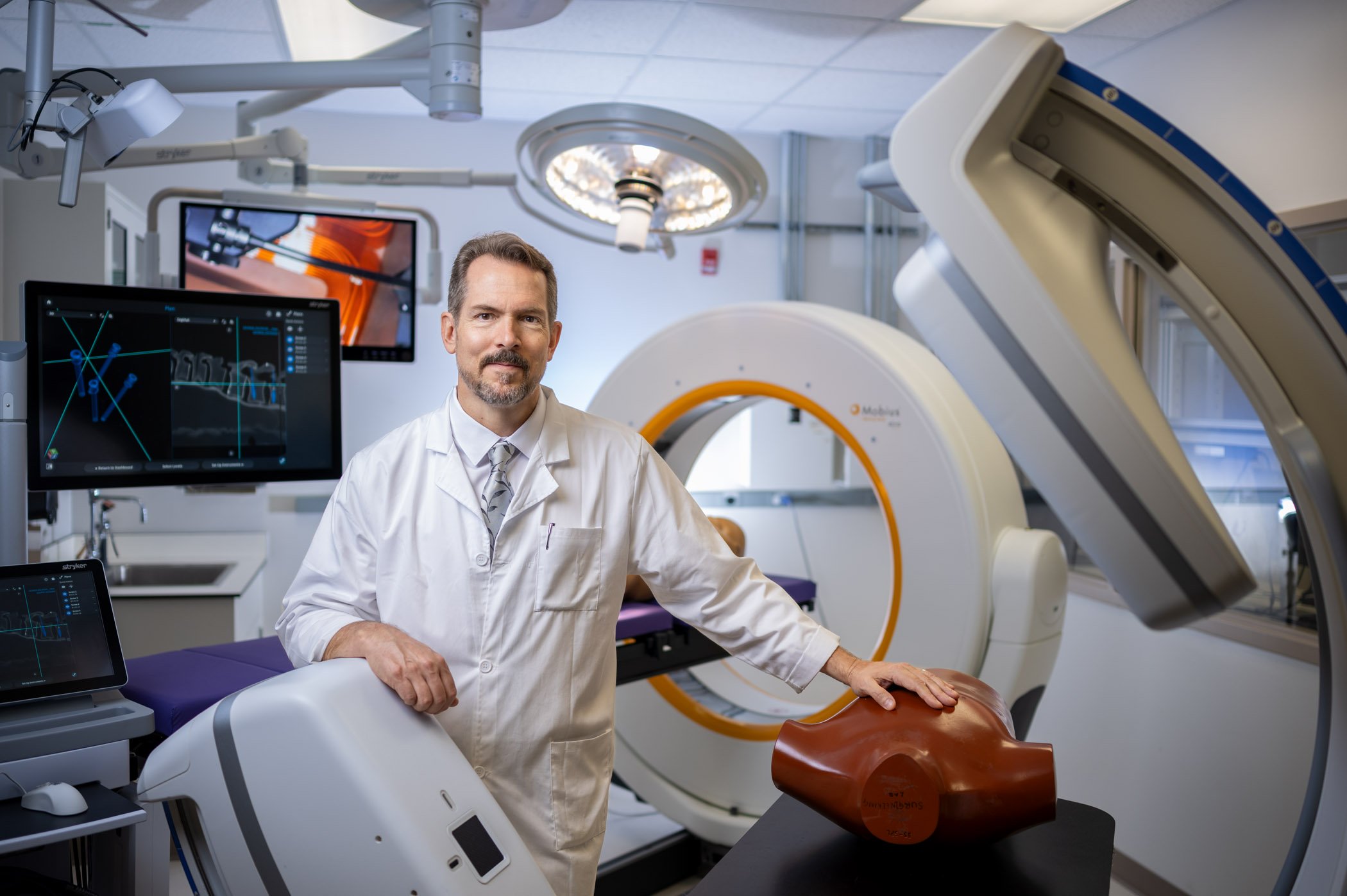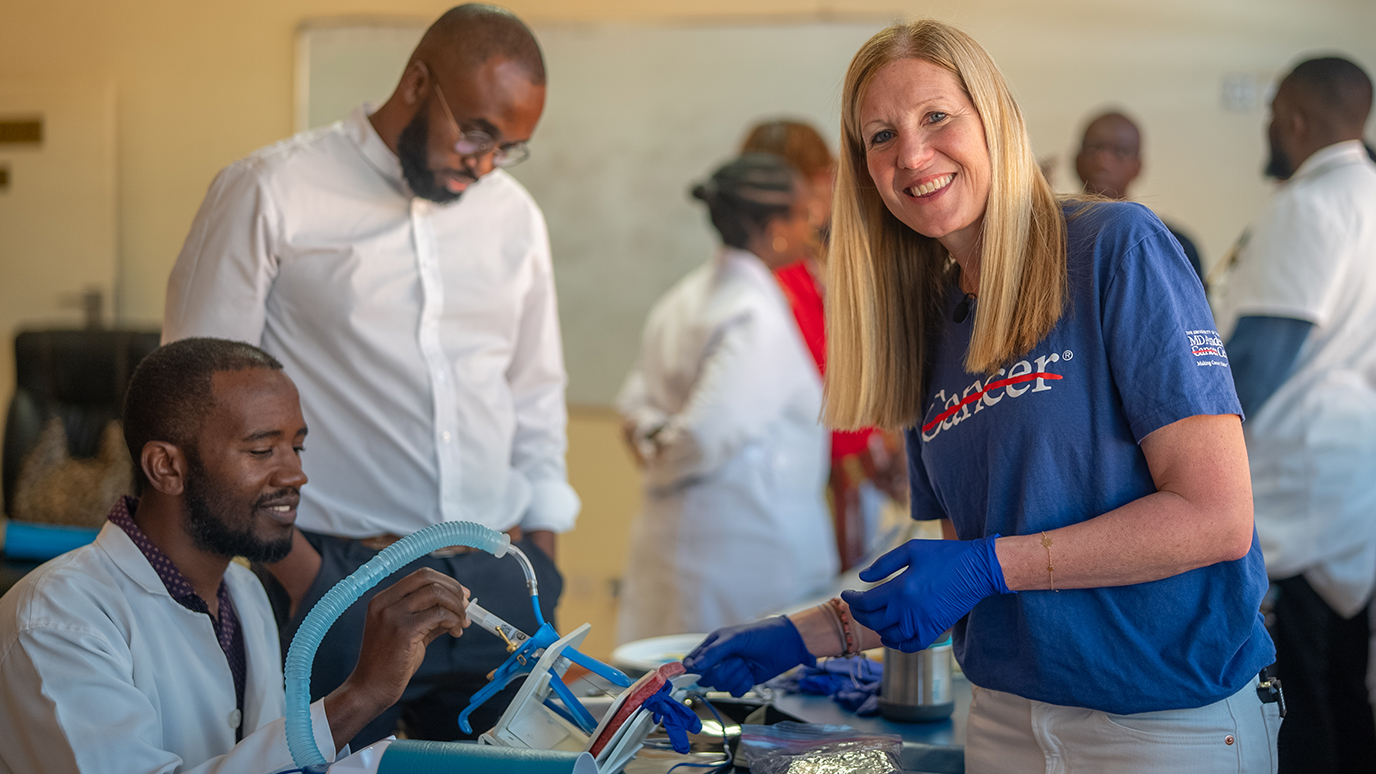- Diseases
- Acoustic Neuroma (14)
- Adrenal Gland Tumor (24)
- Anal Cancer (66)
- Anemia (2)
- Appendix Cancer (16)
- Bile Duct Cancer (26)
- Bladder Cancer (68)
- Brain Metastases (28)
- Brain Tumor (230)
- Breast Cancer (718)
- Breast Implant-Associated Anaplastic Large Cell Lymphoma (2)
- Cancer of Unknown Primary (4)
- Carcinoid Tumor (8)
- Cervical Cancer (154)
- Colon Cancer (164)
- Colorectal Cancer (110)
- Endocrine Tumor (4)
- Esophageal Cancer (42)
- Eye Cancer (36)
- Fallopian Tube Cancer (6)
- Germ Cell Tumor (4)
- Gestational Trophoblastic Disease (2)
- Head and Neck Cancer (6)
- Kidney Cancer (124)
- Leukemia (344)
- Liver Cancer (50)
- Lung Cancer (288)
- Lymphoma (284)
- Mesothelioma (14)
- Metastasis (30)
- Multiple Myeloma (98)
- Myelodysplastic Syndrome (60)
- Myeloproliferative Neoplasm (4)
- Neuroendocrine Tumors (16)
- Oral Cancer (100)
- Ovarian Cancer (170)
- Pancreatic Cancer (164)
- Parathyroid Disease (2)
- Penile Cancer (14)
- Pituitary Tumor (6)
- Prostate Cancer (144)
- Rectal Cancer (58)
- Renal Medullary Carcinoma (6)
- Salivary Gland Cancer (14)
- Sarcoma (236)
- Skin Cancer (296)
- Skull Base Tumors (56)
- Spinal Tumor (12)
- Stomach Cancer (60)
- Testicular Cancer (28)
- Throat Cancer (90)
- Thymoma (6)
- Thyroid Cancer (98)
- Tonsil Cancer (30)
- Uterine Cancer (78)
- Vaginal Cancer (14)
- Vulvar Cancer (18)
- Cancer Topic
- Adolescent and Young Adult Cancer Issues (20)
- Advance Care Planning (10)
- Biostatistics (2)
- Blood Donation (18)
- Bone Health (8)
- COVID-19 (362)
- Cancer Recurrence (120)
- Childhood Cancer Issues (120)
- Clinical Trials (628)
- Complementary Integrative Medicine (24)
- Cytogenetics (2)
- DNA Methylation (4)
- Diagnosis (230)
- Epigenetics (6)
- Fertility (64)
- Follow-up Guidelines (2)
- Health Disparities (14)
- Hereditary Cancer Syndromes (124)
- Immunology (18)
- Li-Fraumeni Syndrome (8)
- Mental Health (118)
- Molecular Diagnostics (8)
- Pain Management (62)
- Palliative Care (8)
- Pathology (10)
- Physical Therapy (18)
- Pregnancy (18)
- Prevention (898)
- Research (392)
- Second Opinion (74)
- Sexuality (16)
- Side Effects (604)
- Sleep Disorders (10)
- Stem Cell Transplantation Cellular Therapy (216)
- Support (404)
- Survivorship (322)
- Symptoms (184)
- Treatment (1776)
New research offers a path forward with treating leptomeningeal disease in melanoma patients
BY Devon Carter
4 minute read | Published September 07, 2022
Medically Reviewed | Last reviewed by an MD Anderson Cancer Center medical professional on September 07, 2022
When cancer cells enter the leptomeninges, which are part of the membrane that covers the brain and spinal cord, it can turn into a type of metastasis known as leptomeningeal disease (LMD).
“I describe it as a snow globe. Cancer cells can float around and can form new colonies throughout the leptomeninges of the brain and spine,” says Isabella Glitza Oliva, M.D., Ph.D., director of the Melanoma Leptomeningeal Disease Program at MD Anderson.
Cells from any primary tumor can enter the leptomeninges and cause LMD, but it’s most commonly seen in patients with breast cancer, lung cancer and melanoma. And, unfortunately, it’s not rare. LMD occurs in about 10% of patients with stage IV melanoma. Despite how many patients face this aggressive diagnosis, effective treatments are limited. Glitza Oliva says part of the challenge has been the lack of research surrounding the disease.
A team at MD Anderson is hoping to change that by pioneering new therapeutic approaches through clinical trials. Glitza will present new findings at the European Society of Medical Oncology 2022 Congress (ESMO) that may offer direction for future studies.
Leptomeningeal disease shows up in many ways
Leptomeningeal disease can look different in each patient. The cancer cells can appear scattered and fluffy across the folds of the brain. “Sometimes on an MRI, it can look like someone has thrown a thin layer of powdered sugar on a walnut,” Glitza Oliva says.
In other cases, the cancer cells cluster in small colonies and appear inside the fluid-filled ventricle of the brain.
When LMD impacts the spine, it can appear like a coating. “It's like somebody took a paintbrush and coated the spinal cord,” Glitza Oliva says.
Improving delivery of systemic therapies to treat LMD in melanoma patients
There isn’t a known cure for LMD, but treatment can help reduce the number of cancer cells and may improve patients’ quality of life. LMD can be treated with chemotherapy, targeted therapy or immunotherapy. These can be administered intravenously or as an oral pill. However, their effectiveness depends on the primary tumor. “Chemotherapy doesn’t typically work well for melanoma,” Glitza Oliva says.
MD Anderson is exploring delivering immunotherapy intrathecally, meaning it’s injected directly into the spinal fluid. Glitza Oliva and her team investigated administering interleukin-2 intrathecally in 43 patients and saw benefit. “It was a proof of concept study that immunotherapy into the spinal fluid might do something,” she says. She and her team are now exploring intrathecal nivolumab in a Phase I/Ib clinical trial. Initial findings presented at the 2020 and 2021 American Society of Clinical Oncology Annual Meeting show it’s safe, and a small group of patients is experiencing long-term survival.
Glitza Oliva and her team are also hoping to explore T cell therapy to treat LMD. T cells are extracted from a patient, grown to large amounts in a lab and returned to the patient, but instead of being delivered intravenously into the bloodstream like TIL therapy, Glitza Oliva and her team plan to deliver the therapy intrathecally. “We want to increase the proximity of the killer immune cells to the cancer,” Glitza Oliva says. MD Anderson will be opening a clinical trial to investigate it further in the future.
Another factor likely influencing treatment outcomes is the cerebrospinal fluid and the leptomeninges. “We know very little about this,” Glitza Oliva says. “It has its own microenvironment, and it’s possible that we can alter it to better benefit patients.”
Small steps in improving overall survival
In a retrospective analysis being presented at ESMO, Glitza Oliva and her team examine whether newer therapies have improved survival for melanoma patients with LMD over the last few years. The findings show a small improvement, with 172 patients having a median overall survival of 4.9 months.
The study also identified trends in the patient population, including LMD being slightly more common in:
- males
- patients carrying the BRAF mutation
- younger patients
Findings also showed that ultimately either systemic or intrathecal therapies help patients. “If we use any systemic therapy, we can increase the overall survival to almost 8 months,” Glitza Oliva says. That number is even higher with immunotherapy. For patients treated with any intrathecal therapy, the overall survival was 8 months.
Overcoming LMD research challenges
Glitza Oliva says the ESMO study confirms what has been suspected. “Survival has not greatly changed over the last few years, and more clinical trials are needed to improve options for future patients,” she notes.
Research is needed to help better understand which drugs are most effective, define the dosages and determine how they should be administered, but progress with clinical trials has been very slow for several reasons. Typically, at diagnosis of LMD, patients have already had several rounds of treatments, so the cancer has already shown signs of resistance. Also, the primary cancer might continue to grow and spread in other places of the body. And at diagnosis of LMD, most patients are already showing symptoms that can be debilitating. Their performance status declines rapidly, and survival is short.
But Glitza Oliva wants patients to know that hospice might not be the only option since every patient is unique. She also urges researchers leading clinical trials to consider expanding eligibility criteria to include patients with LMD.
“We need to learn from each patient to make progress,” Glitza Oliva says. “My patients inspire me every day, and they push us harder to find the cure.”
Request an appointment at MD Anderson online or by calling 1-877-632-6789.
Related Cancerwise Stories

We need to learn from each patient in order to make progress.
Isabella Glitza Oliva, M.D., Ph.D.
Physician & Researcher






